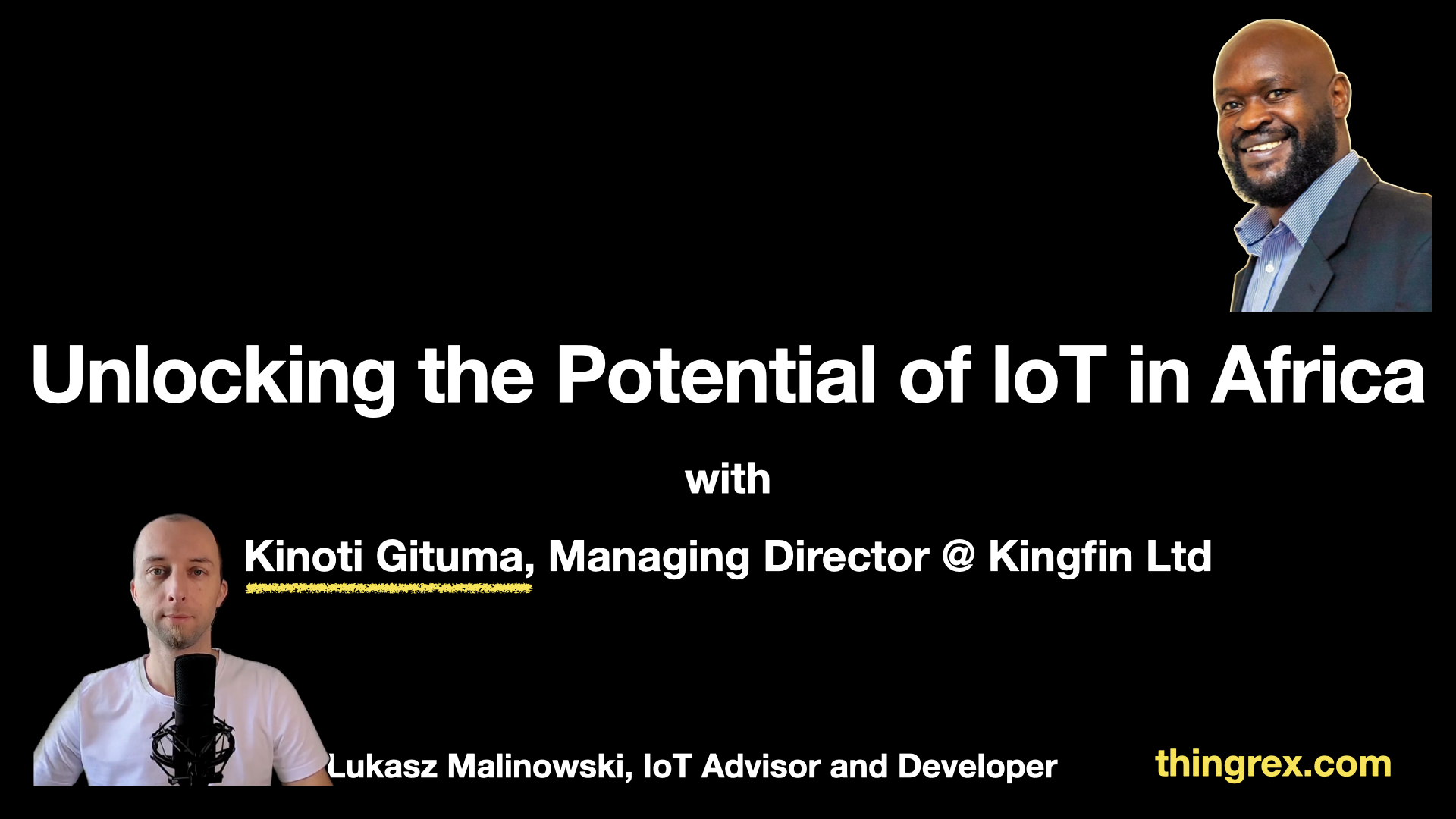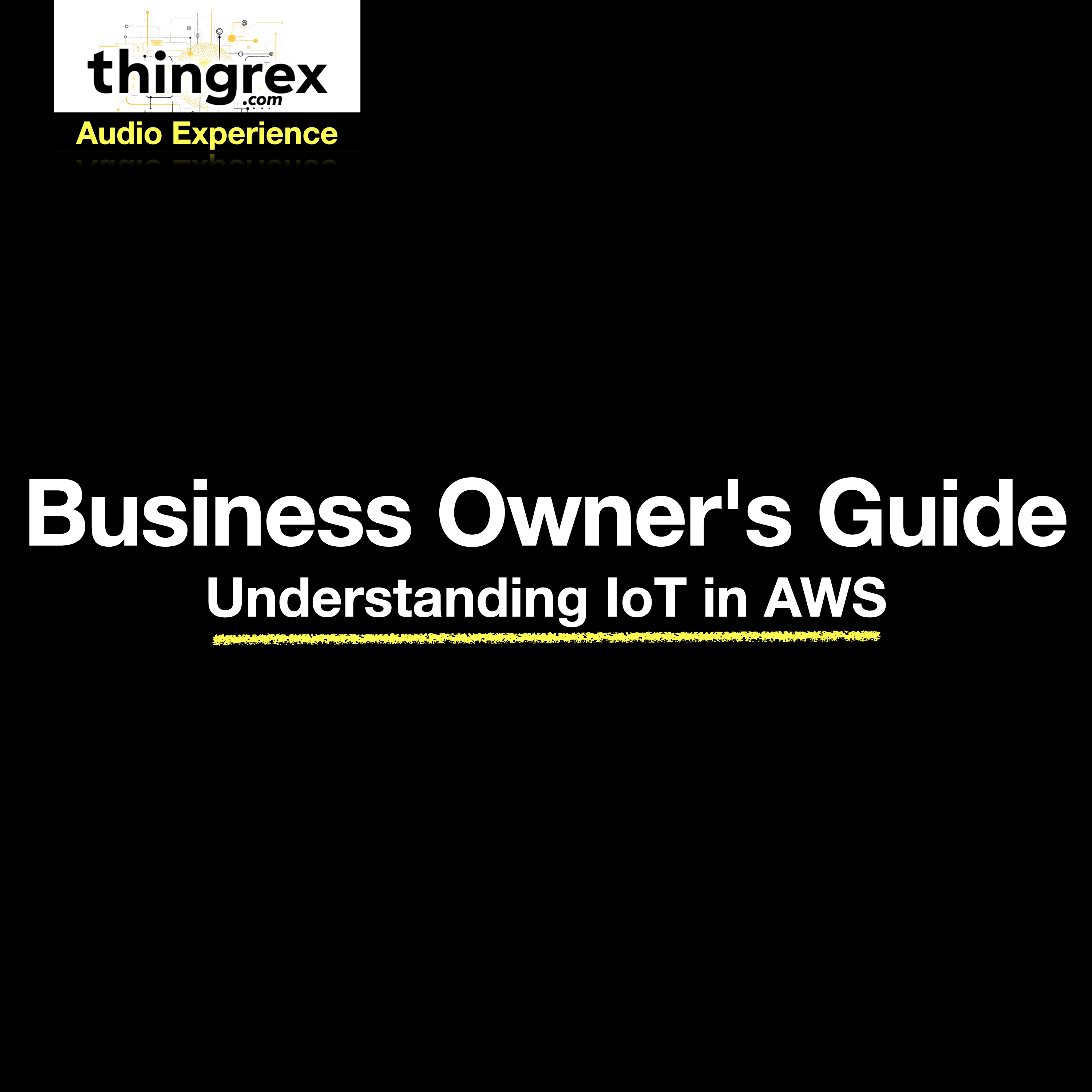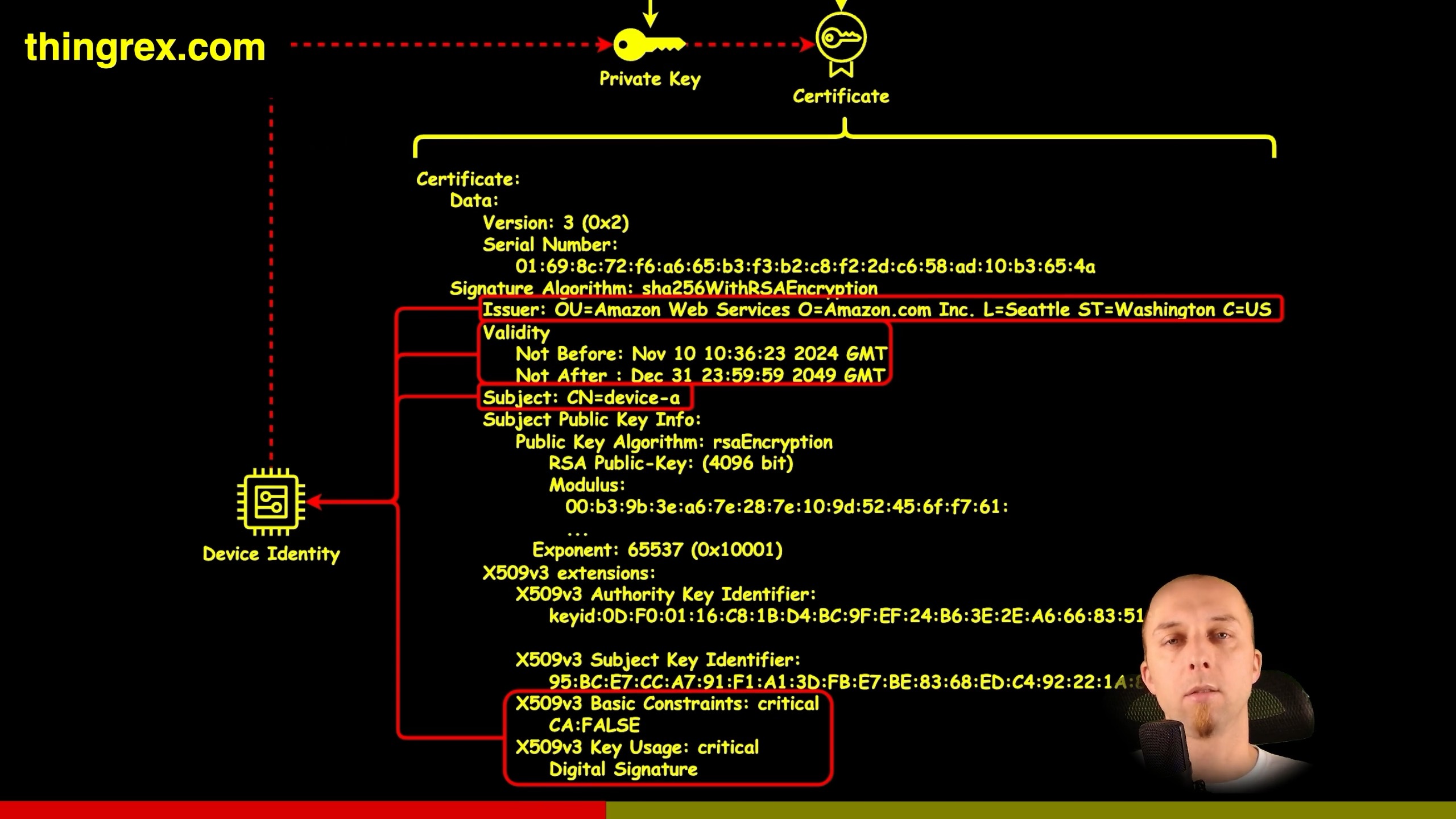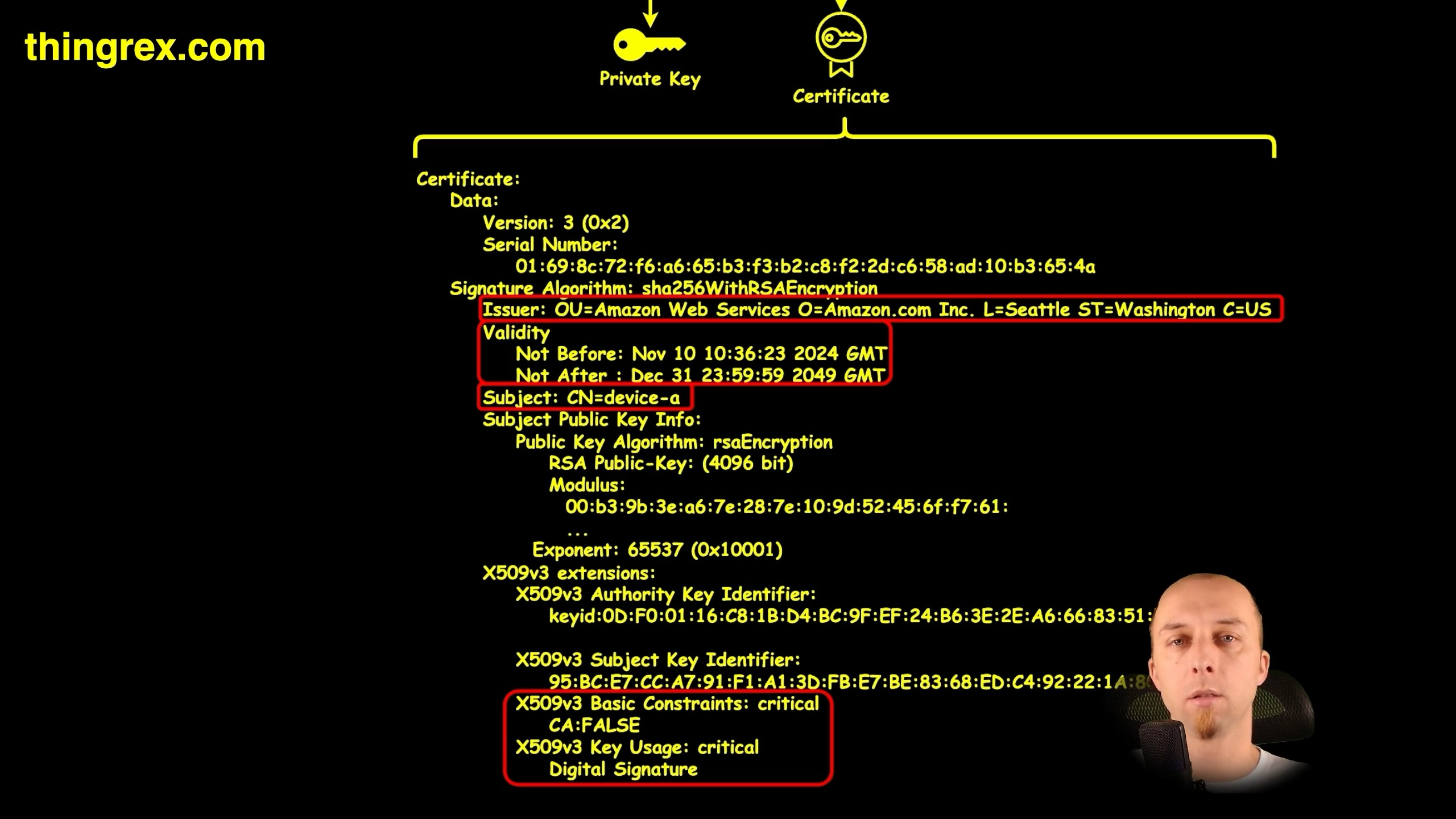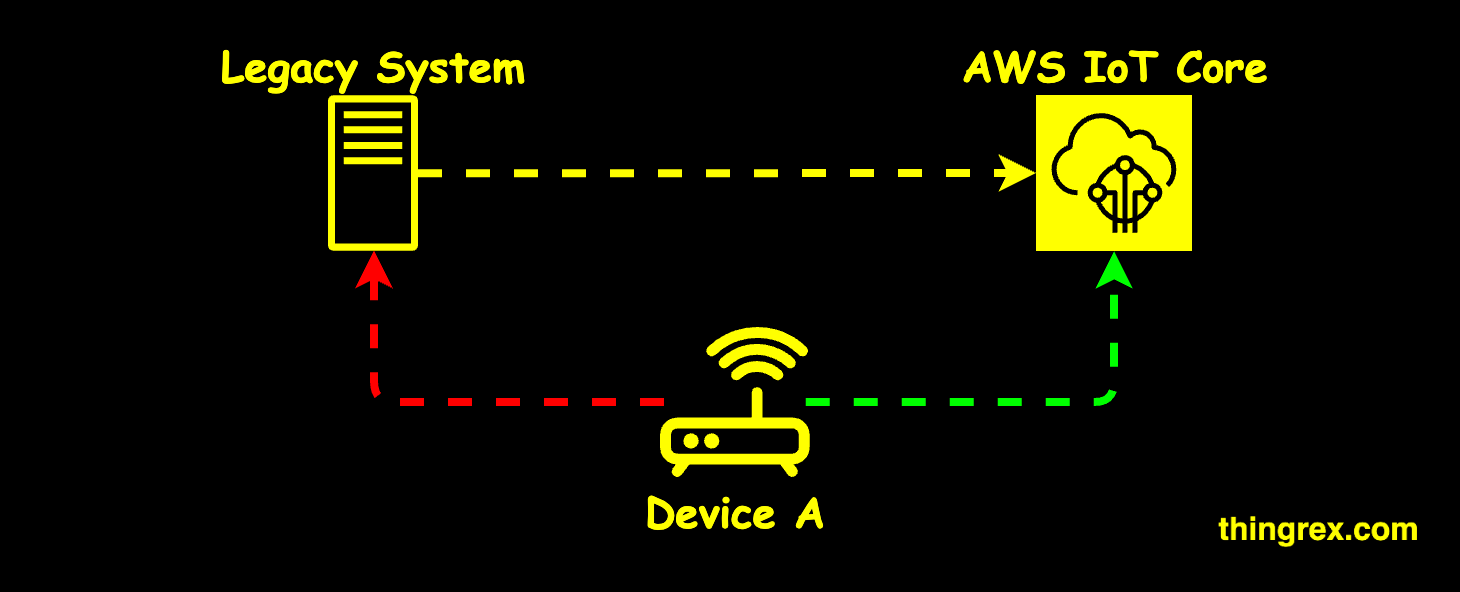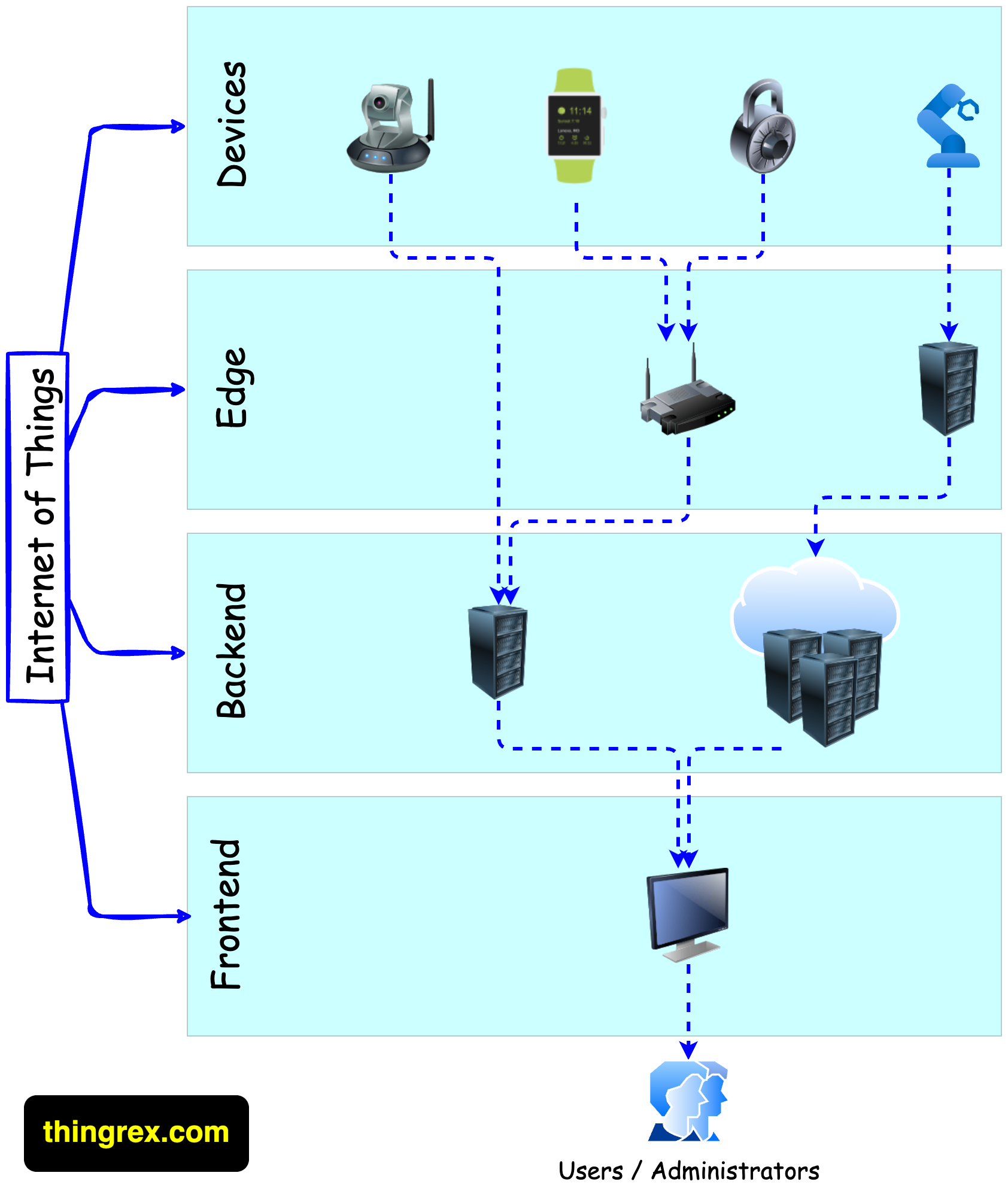Unlocking IoT Potential in Africa: A Conversation with Kinoti Gituma, Managing Director at Kingfin.
In this conversation, we explore how IoT can improve living standards in Africa, fuel business growth, and address unique challenges in the continent.
Discover the importance of data, cost considerations, the role of LPWAN, and the potential for local innovation in African IoT ecosystems.
Packed with insights, this episode sheds light on the future of IoT in Africa and how it can drive economic and social development.
🎧 Key takeaways:


